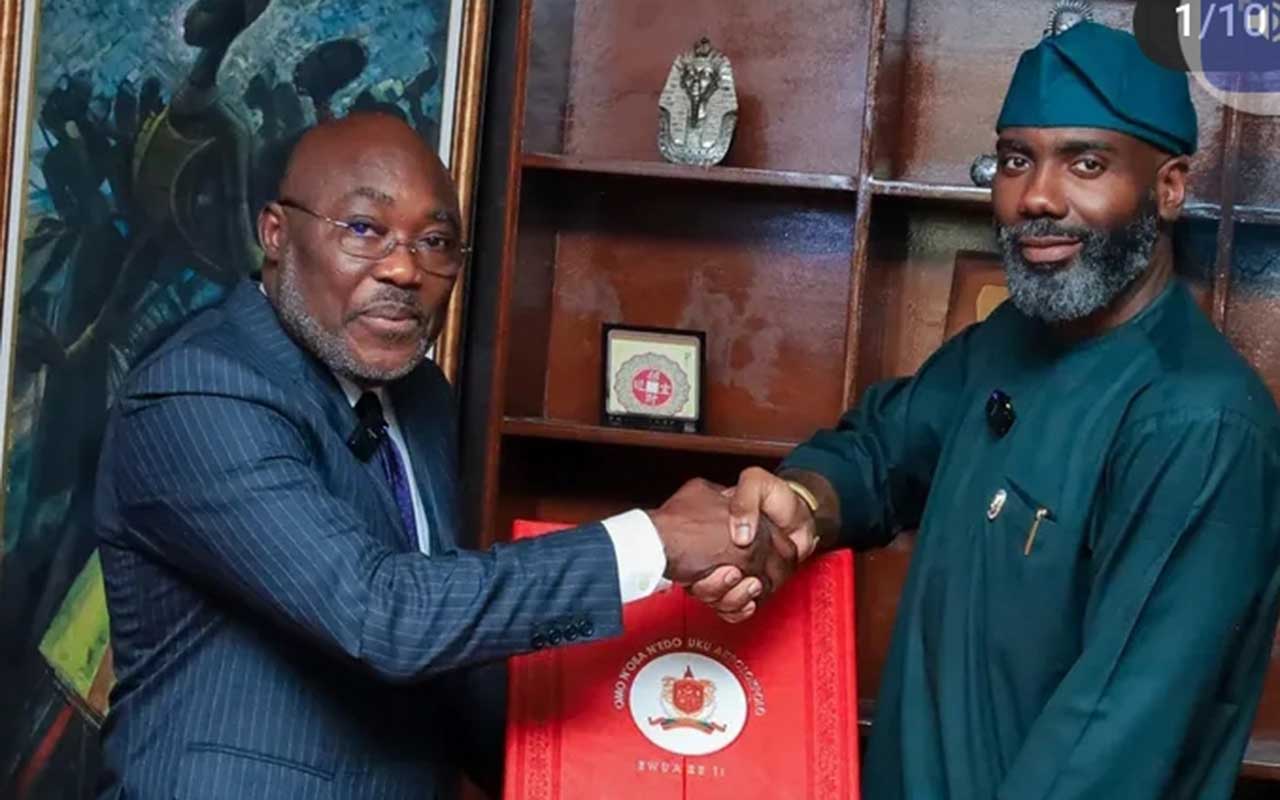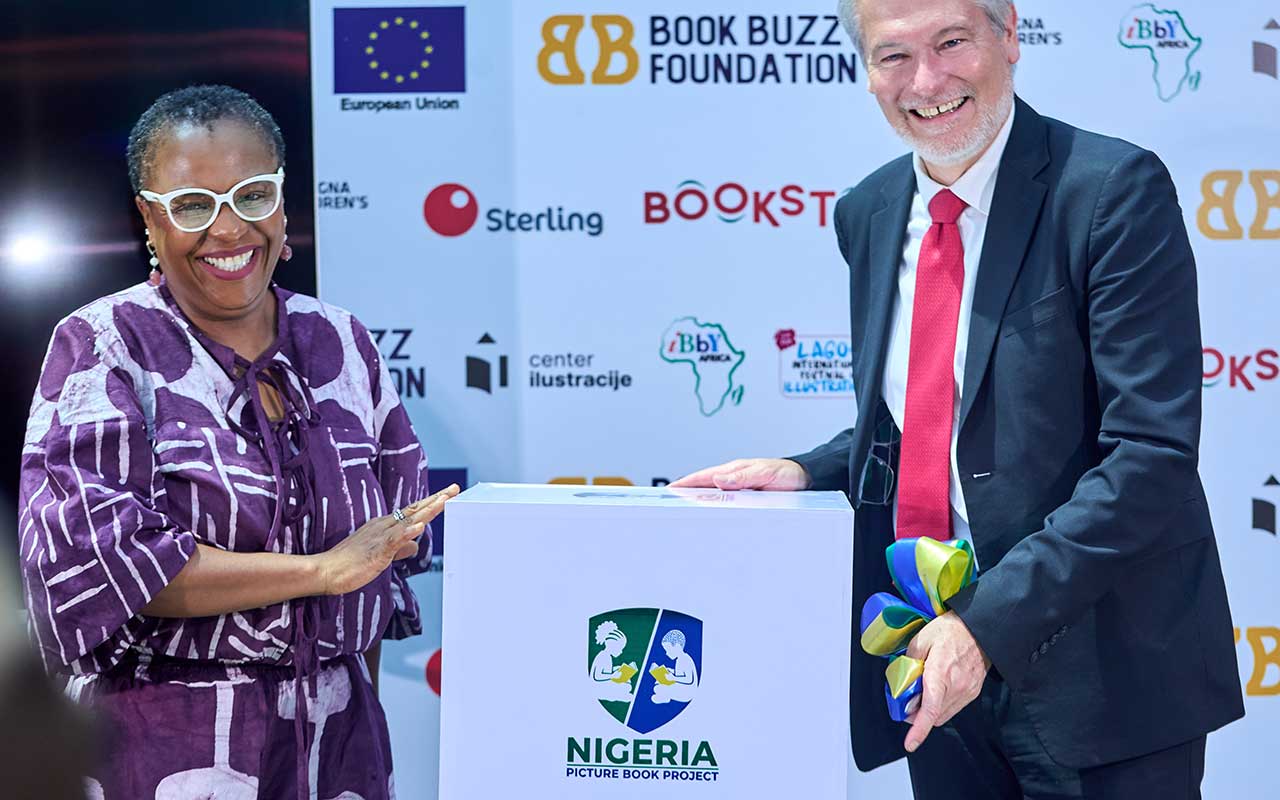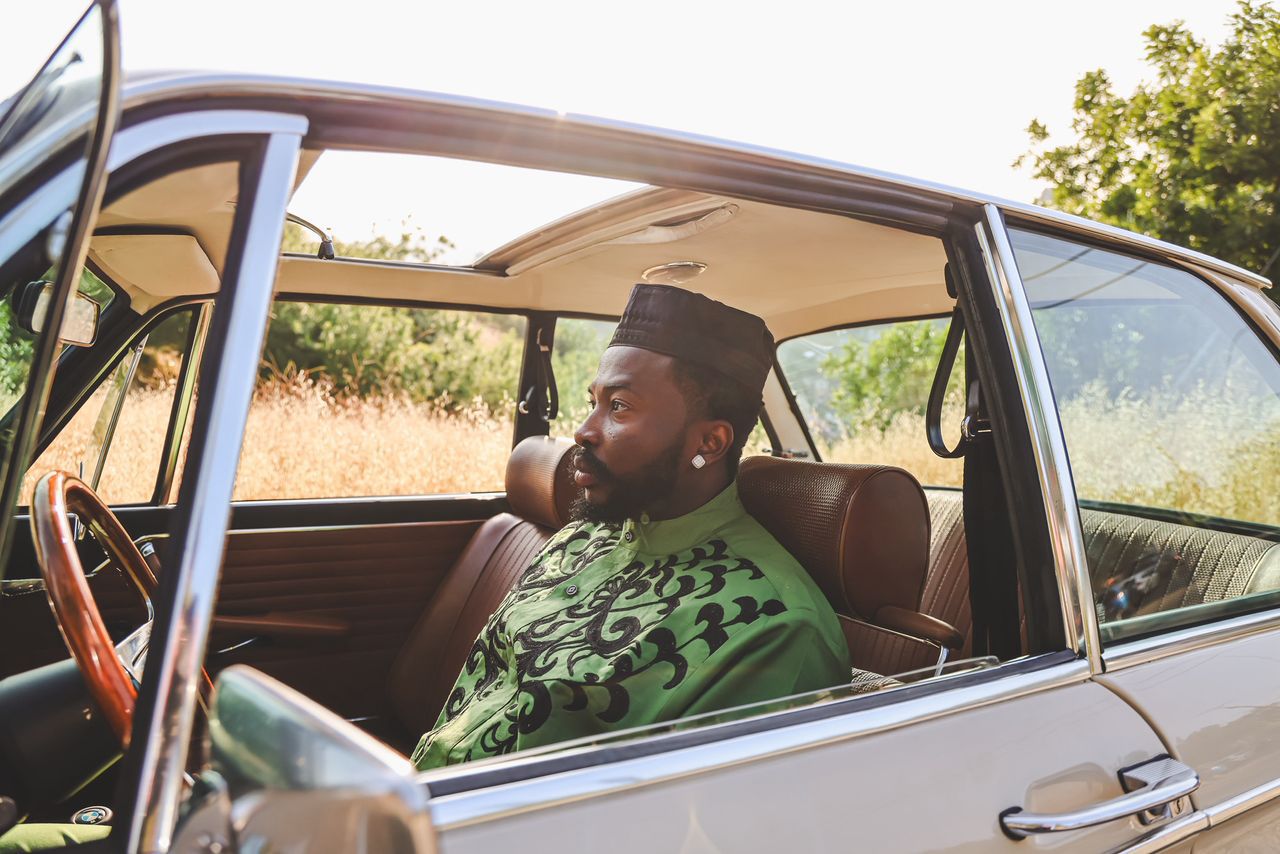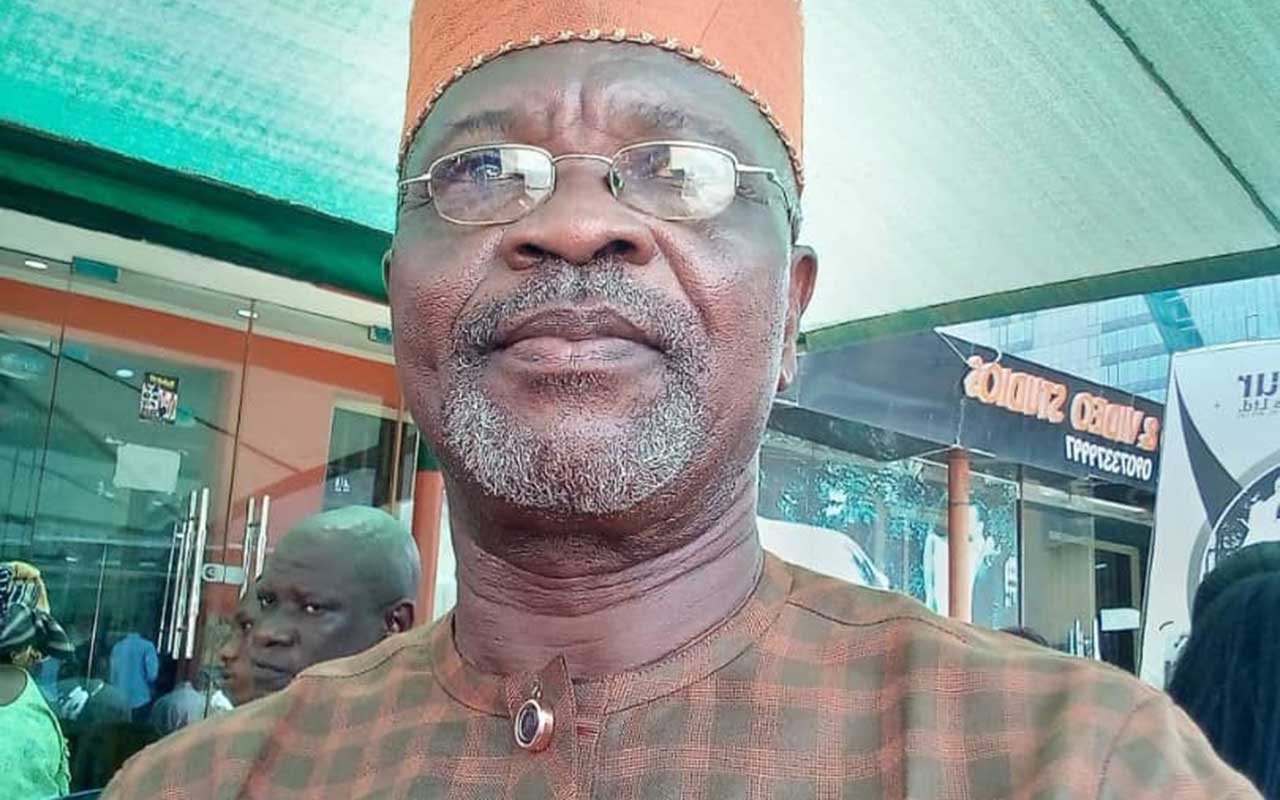Around the world, countries are rediscovering that heritage is not only a matter of pride — it is also a matter of power. France’s Louvre draws nearly 10 million visitors each year, generating billions in tourism and cultural industries.
Egypt leverages its antiquities not only to tell its story but to anchor its economy. South Korea has turned traditional culture into global ‘soft power’, exporting music, cinema, and design that influence markets far beyond Asia.
These examples show that heritage, when harnessed, is an economic driver, a diplomatic tool, and a source of global influence.
Art in Nigeria, with one of the richest artistic traditions on earth, has yet to unlock this potential. Our museums are filled with treasures: the Benin Bronzes, the Nok terracottas, the Igbo-Ukwu regalia, the Ifẹ heads. These objects are recognised worldwide as masterpieces. Yet the cultural economy that should surround them — research, publishing, exhibitions, education, tourism, digital innovation — remains underdeveloped.
The reason is not lack of genius. It is the absence of a complete value chain. We have the goods, but we do not have the links that turn goods into value. Too often, Nigeria has relied on individuals working in the shadows, carrying national-scale projects on their own shoulders, without the infrastructure or investment that heritage of this scale demands.
In response to this, Oriiz U. Onuwaje, creator of The Benin Red Book and founder of Crimson Fusion Curators, is devoting his time to the creation of a value chain for arts in Nigeria.
“The reason is not lack of genius. It is the absence of a complete value chain. We have the goods, but we do not have the links that turn goods into value. Too often, Nigeria has relied on individuals working in the shadows, carrying national-scale projects on their own shoulders, without the infrastructure or investment that heritage of this scale demands,” he says.
This is why the recent Memorandum of Understanding (MoU) signed between the National Commission for Museums and Monuments (NCMM) and Crimson Fusion Curators is so important. It represents a recognition that heritage is not simply preservation — it is projection. Under the leadership of Director-General Olugbile Holloway, NCMM has acknowledged that Nigeria must invest in documentation, scholarship, and presentation if Art in Nigeria is to take its rightful place in the global arena.
This is what inspired his monumental new project — 8,000 Years of Art in Nigeria: A Window into the Soul of a People.
He explains that the work began as an awakening — a call to see ourselves whole again and to let the world see us beyond the fragments of history.
“For too long,” he reflects, “the story of Art in Nigeria has been told in pieces — Nok here, Ife there, Benin somewhere in between — as though genius occurred in isolation. But the truth is one continuum: eight thousand years of vision, form, and imagination speaking the same language of beauty and belief.”
He describes the project as more than an exhibition or documentation. 8,000 Years of Art in Nigeria, he says, is an act of reclamation and restitution — not of objects or money, but of memory, meaning, and narrative sovereignty. “It restores authorship to those who created, and rethreads the story so that Art in Nigeria is seen not as borrowed brilliance but as an original continuum of human creativity.”
According to him, the project is also an act of strategy. “Our heritage is not a relic of the past — it is strategy for the future. It is the foundation upon which we must build our soft power, our cultural diplomacy, and our creative economy.”
He calls it, above all, a love letter — “to the makers, the carvers, potters, weavers, bronze casters, dreamers — whose hands shaped our civilization long before we called it Nigeria. The thread was never broken. We are simply finding it again.”
Asked why such a project is emerging at this time, Onuwaje smiles. “Because the world is finally listening — and we are finally ready to speak in our own voice.”
He notes that for decades, Art in Nigeria was praised, exhibited, and studied — but too often through borrowed eyes and foreign interpretations. “We were the subject, rarely the narrator,” he says. “The fragments of our genius lay scattered — in museums abroad, in local vaults unseen, in memories fading with each generation.”
Now, something has shifted. “A new generation is rising — confident, connected, creative — refusing to let the past be told without their voice in it. The tools of technology, design, and storytelling now allow us to reclaim, reinterpret, and represent ourselves at a scale our ancestors could only imagine. ”
He sees this as a defining moment where heritage and innovation meet — “where the ancient and the digital coexist, where the global stage no longer filters who gets to speak.”
“So why now?” he asks. “Because silence has lasted long enough. Because the work of centuries deserves a homecoming of meaning, not just of objects. Because Art in Nigeria — vibrant, diverse, and resilient — is ready to show that it is not nostalgia, but strategy, identity, and power.”
He concludes the thought with a quiet reflection: “8,000 Years of Art in Nigeria could not have happened earlier — perhaps only now have we found the confidence, the language, and the technology to hold the mirror steady enough to see ourselves clearly.”
How impactful will the project be?
“The impact will not be measured in volumes or exhibitions alone,” Onuwaje says, “but in how it reshapes the nation’s imagination — how it reawakens pride, builds confidence, and repositions art as the engine of a new cultural economy.”
For the first time, Art in Nigeria will stand before the world as one continuous narrative — eight millennia of creativity, intelligence, and beauty — seen through our own eyes. The project connects generations, from the master carvers of Nok and Ife to today’s digital visionaries, showing that the same spark runs through every age.
He recalls how The Benin Red Book — An Anthology of Benin History laid the groundwork. “That book proved that heritage presentation can rise to the highest global standard when scholarship, design, and conviction meet. It was a statement of possibility. 8,000 Years of Art in Nigeria expands that vision — transforming a precedent into a movement.”
The project’s impact, he adds, will be national, global, and generational. “It will open the floodgates for Art in Nigeria to become — and surpass — every expectation in shaping a genuine Art Economy, one where creativity is not pastime but policy, not decoration but development.”
He believes this will help re-anchor education, design, tourism, and diplomacy around cultural identity. “To invest in art,” he says, “is to invest in nationhood itself. And as a Nigerian, I believe this is only the beginning. A better book will follow this — because Nigeria no dey carry last.”
He pauses, then smiles: “The Benin Red Book showed what was possible. 8,000 Years of Art in Nigeria will show what is inevitable — a people finding their voice, their value, and their victory through art.”
As the conversation draws to a close, Oriiz grows contemplative. “8,000 Years of Art in Nigeria is not the end of a story — it is the beginning of a return. Every page, every image, every rediscovered artefact reawakens something larger than itself: the conviction that memory is power, and creativity is destiny.”
But he makes it clear the journey does not stop in archives or museum halls. “It continues — alive — in The unbroken Thread — a living movement that carries the same pulse into words, design, technology, and music. It’s where the spirit of Nok meets the rhythm of Lagos; where the mask becomes the emoji, the loom becomes the code, and the story keeps unfolding through new hands and new tools.”
He looks up and concludes quietly: “The work of reclaiming our narrative is not a moment — it’s a continuum. Because in the end, this is not only about art — it’s about becoming whole again. The thread was never broken. It only waited — for this generation to pick it up and weave again.”






